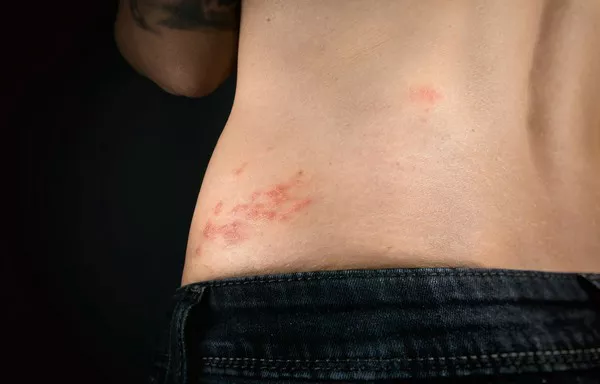Shingles, a viral infection caused by the varicella-zoster virus, is often misconceived as a mere nuisance of the skin. However, for the elderly population, it poses significant dangers that cannot be overlooked. As individuals age, their immune systems weaken, rendering them more susceptible to this ailment and its potentially grave consequences. In this article, we delve into the intricacies of shingles, its heightened risks for the elderly, treatment options, prevention strategies, and the importance of reassurance and support.
1. Explaining Shingles and its Causes
Shingles, also known as herpes zoster, emerges from the same virus responsible for chickenpox—varicella-zoster. After an individual contracts chickenpox, typically during childhood, the virus remains dormant in the nervous system. However, as the immune system weakens with age or due to other factors, such as stress or certain medical conditions, the virus can reactivate, manifesting as shingles.
Elderly individuals, especially those above the age of 50, are particularly vulnerable to shingles due to age-related declines in immune function. Additionally, factors such as chronic illnesses, certain medications, and undergoing treatments like chemotherapy can further compromise the immune system, heightening the risk of shingles occurrence.
2. Highlighting the Dangers of Shingles for the Elderly
The consequences of shingles in the elderly can extend beyond the discomfort of the rash itself. Complications may include:
- Postherpetic Neuralgia (PHN): This debilitating condition involves persistent nerve pain in the area affected by shingles and is one of the most common and distressing complications, significantly impacting quality of life.
- Vision Loss: Shingles affecting the ophthalmic nerve, particularly when located near the eyes, can lead to severe ocular complications, including vision impairment or even blindness if left untreated.
- Skin Infections: Blisters associated with shingles can become susceptible to bacterial infection, necessitating prompt medical attention and proper wound care.
- Other Neurological Problems: While rare, shingles can lead to serious neurological complications such as encephalitis, facial paralysis (Bell’s palsy), or hearing loss, underscoring the potential severity of the disease.
3. Discussing Treatment Options
Early diagnosis and prompt initiation of treatment are crucial in mitigating the severity of shingles and reducing the risk of complications. Antiviral medications, such as acyclovir, valacyclovir, and famciclovir, are commonly prescribed to shorten the duration of the outbreak and alleviate symptoms. Additionally, pain management strategies, including over-the-counter pain relievers, topical treatments, and prescription medications, play a vital role in managing acute pain and preventing the development of PHN.
For individuals experiencing PHN, treatment may involve a combination of medications, nerve blocks, and therapies such as transcutaneous electrical nerve stimulation (TENS) or lidocaine patches to alleviate chronic pain and improve quality of life.
4. Prevention Strategies
Prevention is paramount in safeguarding the elderly against the debilitating effects of shingles. The shingles vaccine, recommended for individuals aged 50 and older, offers robust protection against both shingles and its associated complications, including PHN. By stimulating the immune system to produce antibodies against the varicella-zoster virus, the vaccine significantly reduces the likelihood of developing shingles and mitigates the severity of the disease in those who do contract it.
In addition to vaccination, maintaining a healthy lifestyle—including regular exercise, a balanced diet, stress management, and adequate sleep—can bolster the immune system’s ability to fend off infections, including shingles.
5. Offering Reassurance and Support
Navigating the complexities of shingles can be daunting, particularly for the elderly and their caregivers. It’s essential to acknowledge their concerns and provide reassurance that effective treatments and preventive measures are available. Encouraging open communication with healthcare providers, seeking support from family members and support groups, and accessing educational resources can empower individuals to take control of their health and well-being.
Conclusion
In conclusion, while shingles poses significant dangers for the elderly, proactive measures such as vaccination, early diagnosis, and comprehensive treatment can mitigate its impact and enhance quality of life. By fostering awareness, promoting prevention, and offering unwavering support, we can navigate the challenges posed by shingles and promote the health and well-being of our elderly population.
Related Topics:
The Impact of Shingles on the Immune System

























